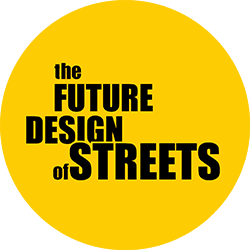WALKABILITY
“Walking defines us as humans. You walk first and then you talk,
it is a matter of autonomy. The idea of autonomous individuals is important. Taking kids to school – teaching them how to be independent. … Walking is a way of social interaction; it is an opportunity to engage … is what makes our relationship with the city.”
David Vale
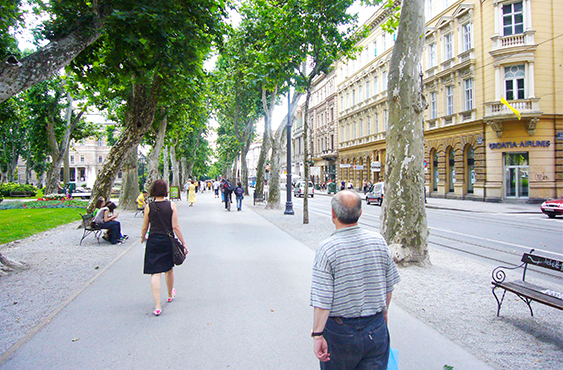
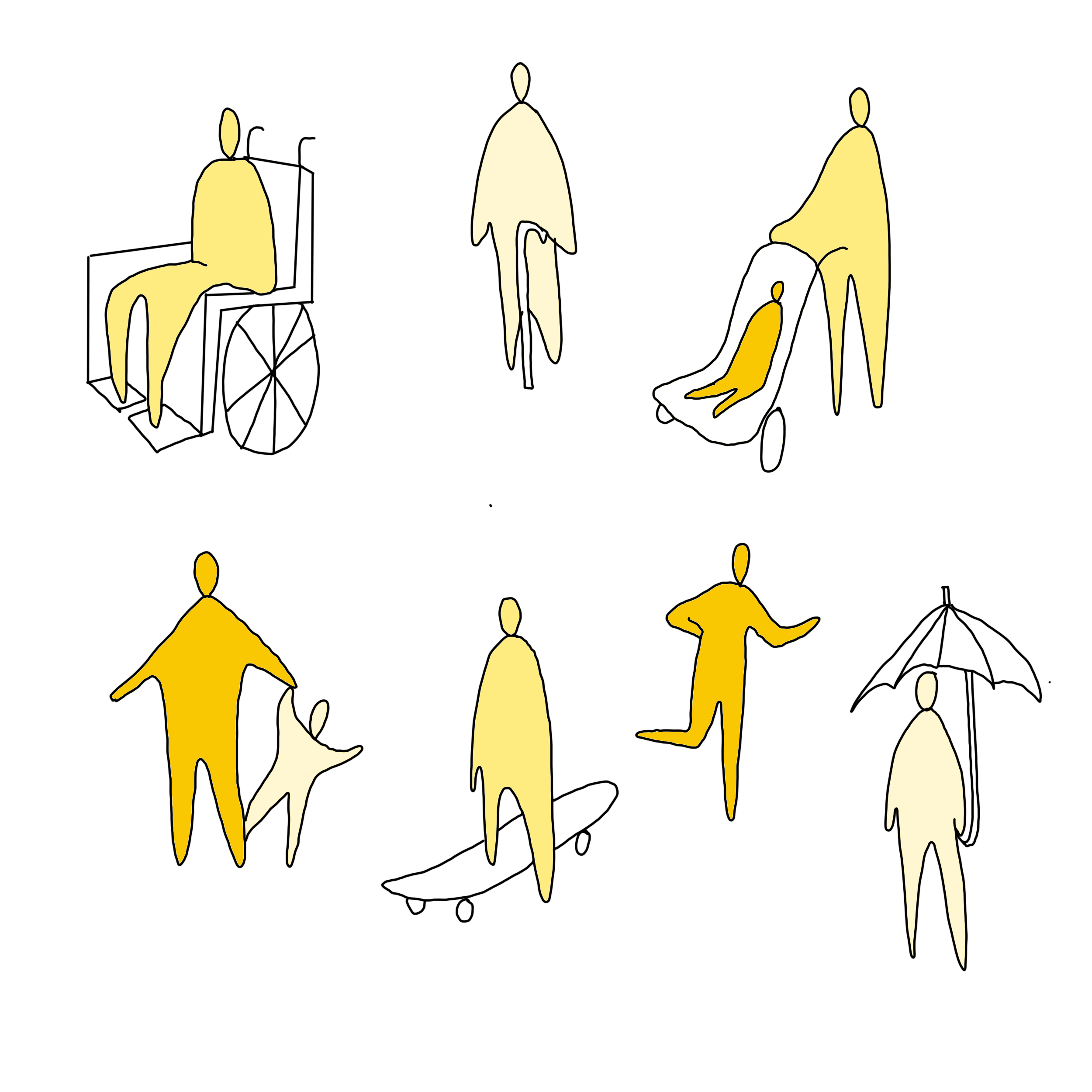
SPACE TO WALK
Walking is a basic need. 1,50m is the universal minimum standard for pedestrian areas (free of obstacles), an essential condition for urban street life, together with safety and continuity of the walking routes. Walking areas can be quite diverse: small and large, functional and attractive, full of shadow or offering plenty of light.
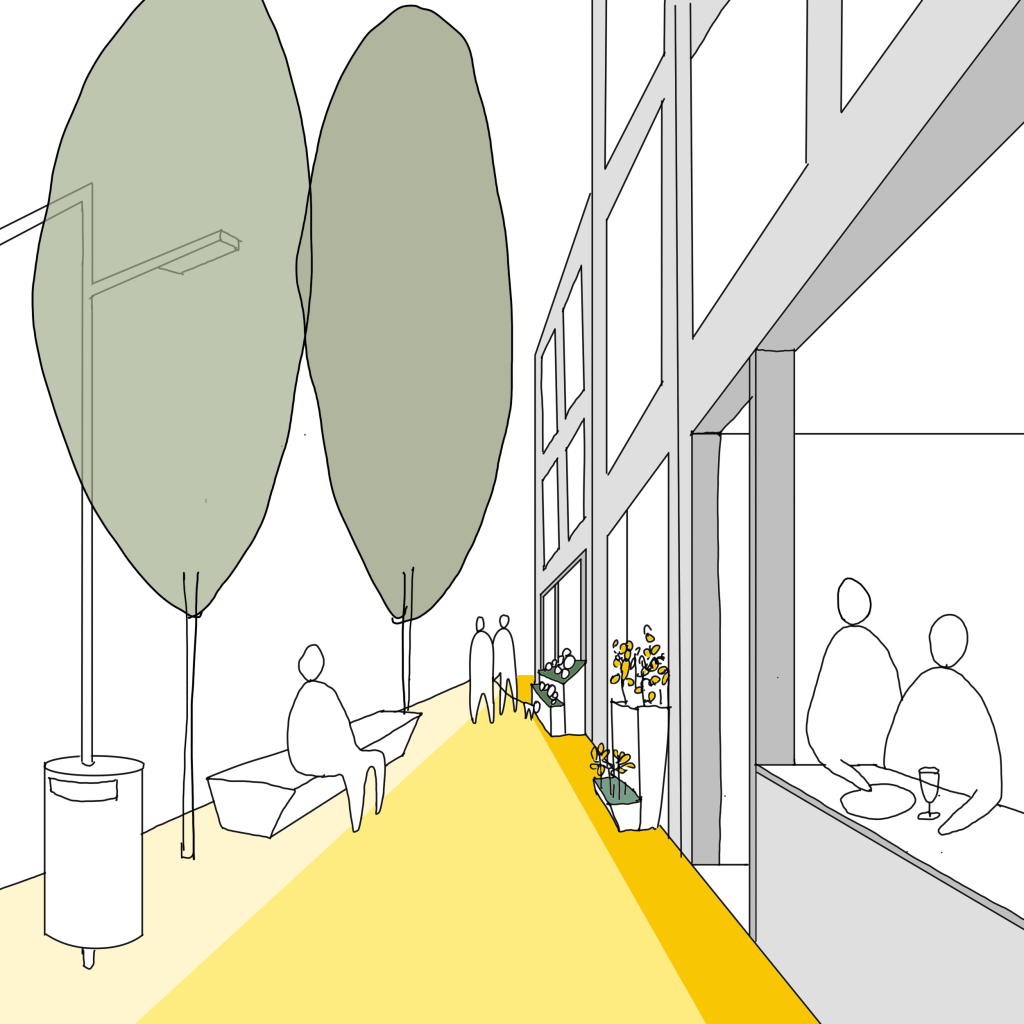
PEDESTRIAN AREA
Three zones can be distinct: a transition zone (interaction between public and private space); a free walkable zone; and service zone (urban furniture, lighting, trees, traffic signs).
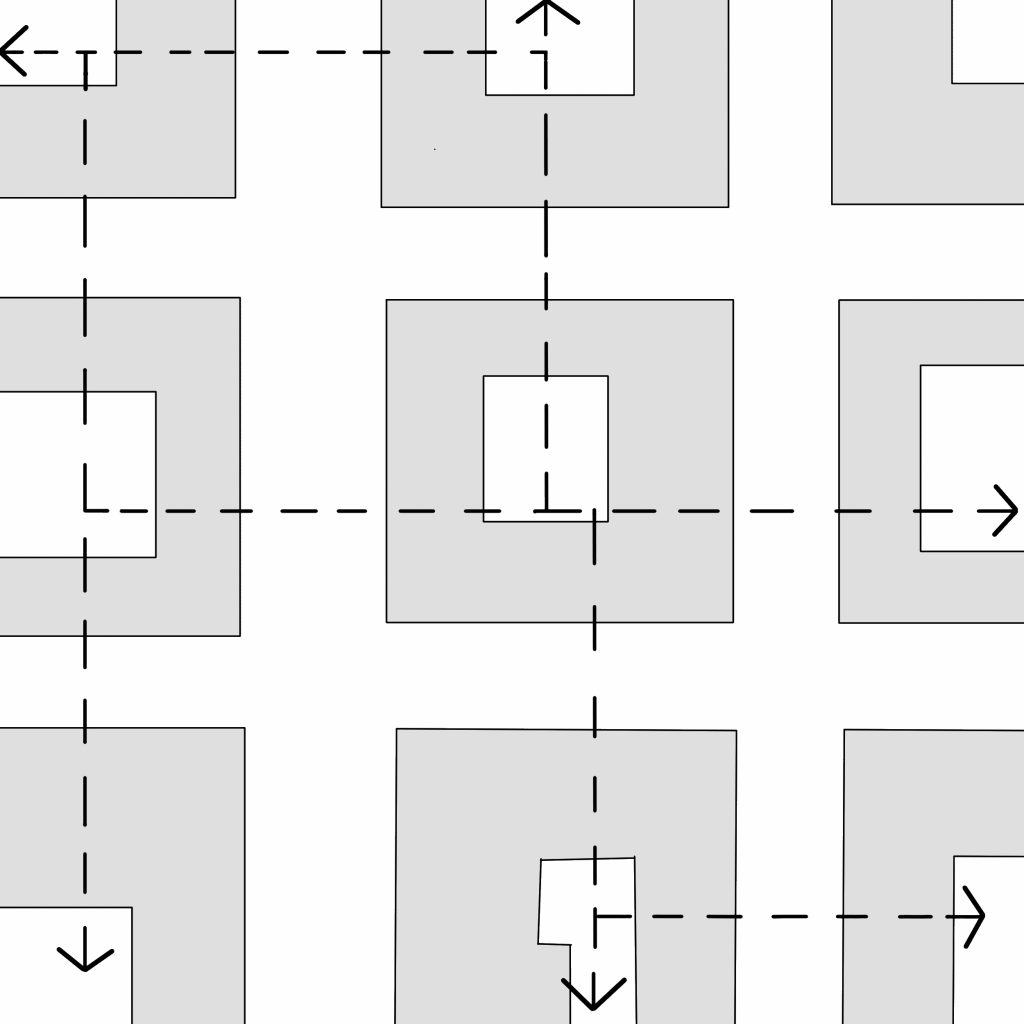
SHORT-CUTS
Within large building blocks, short-cuts provide direct connections between different streets.
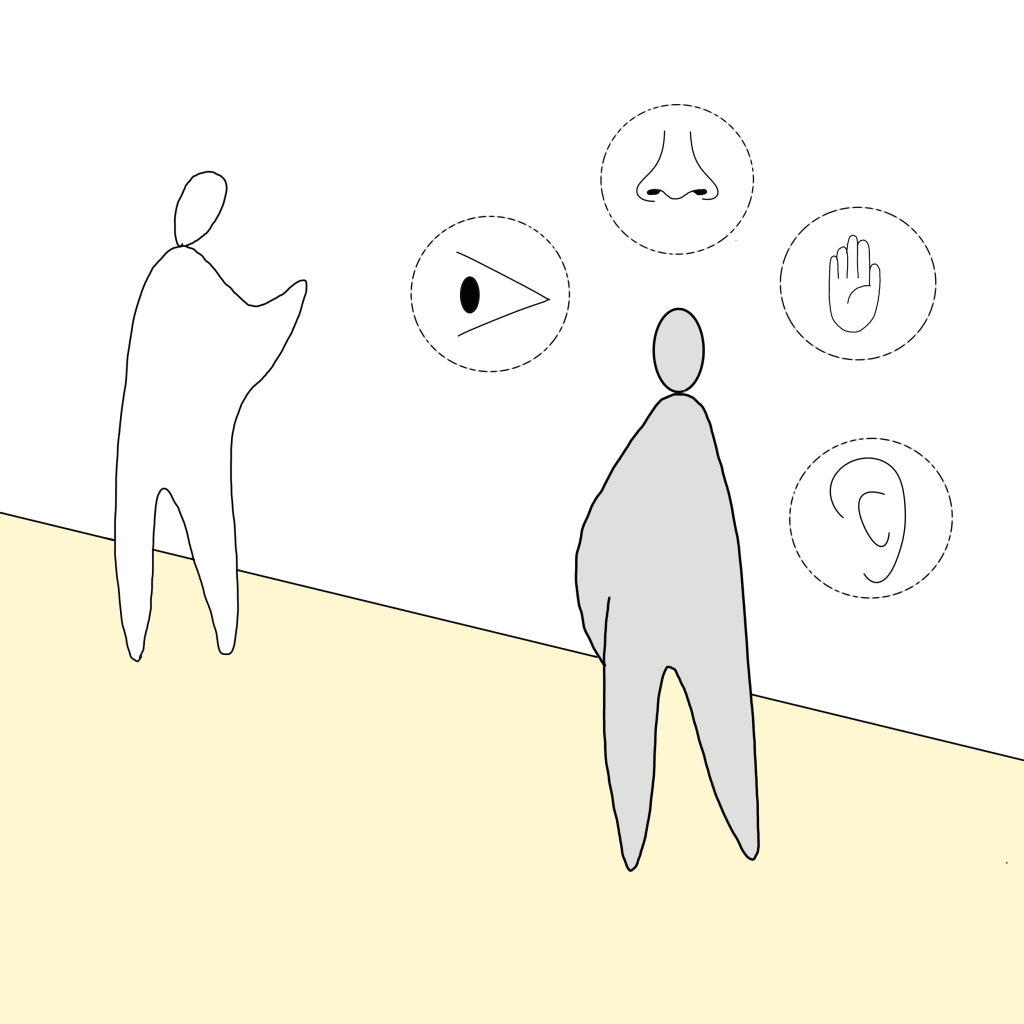
HEALTH BENEFITS
Walking offers a rich spectrum of social and health benefits, like to meet (watch/talk/touch/feel) and physical activity.
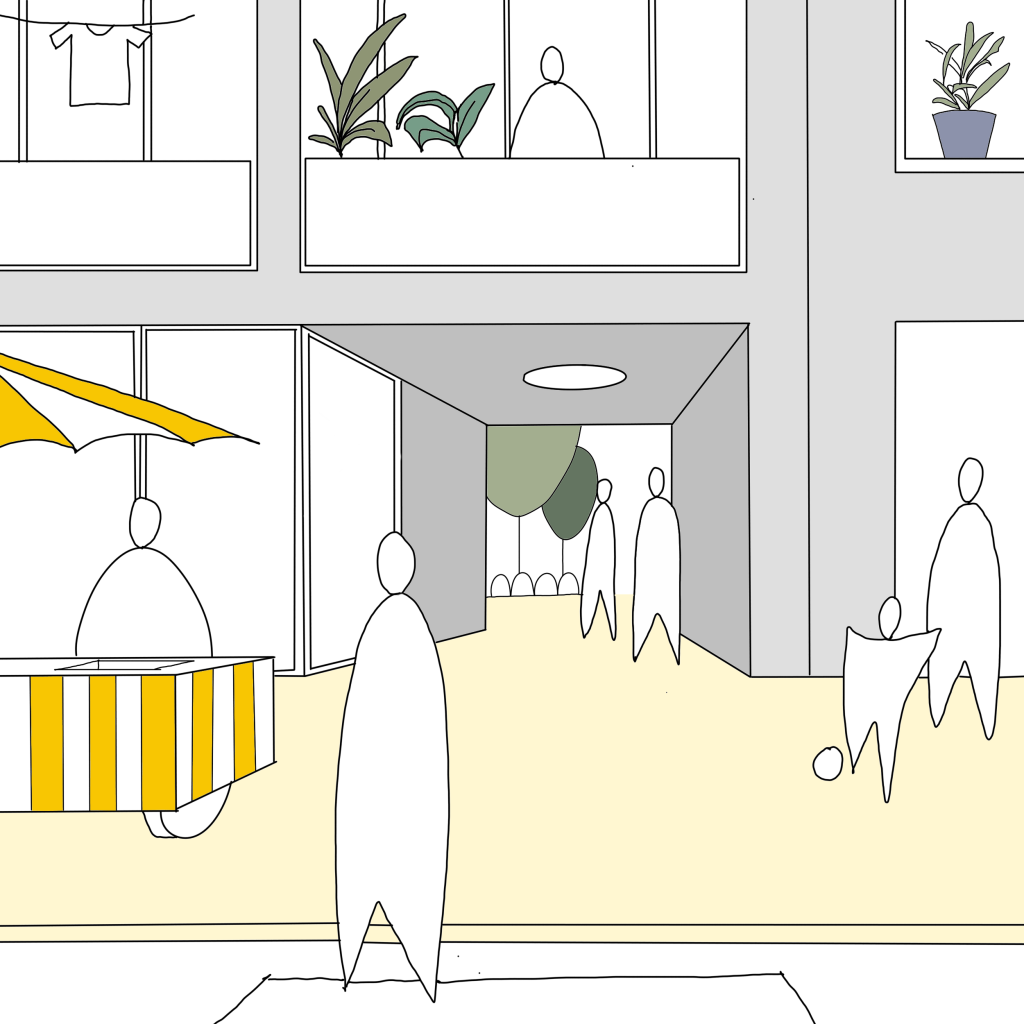
ATRAVTIVE & SAFE
Spaces that are attractive for many people, will often feel safer. A clean space is a sign that people take care of it. Benches, food & shades offer comfortable conditions for enjoying places.

FINE NETWORK
A fine walking network offers variation in possible routes. People can choose the faster, the liveliest, the attractiveness or the most comfortable route.
